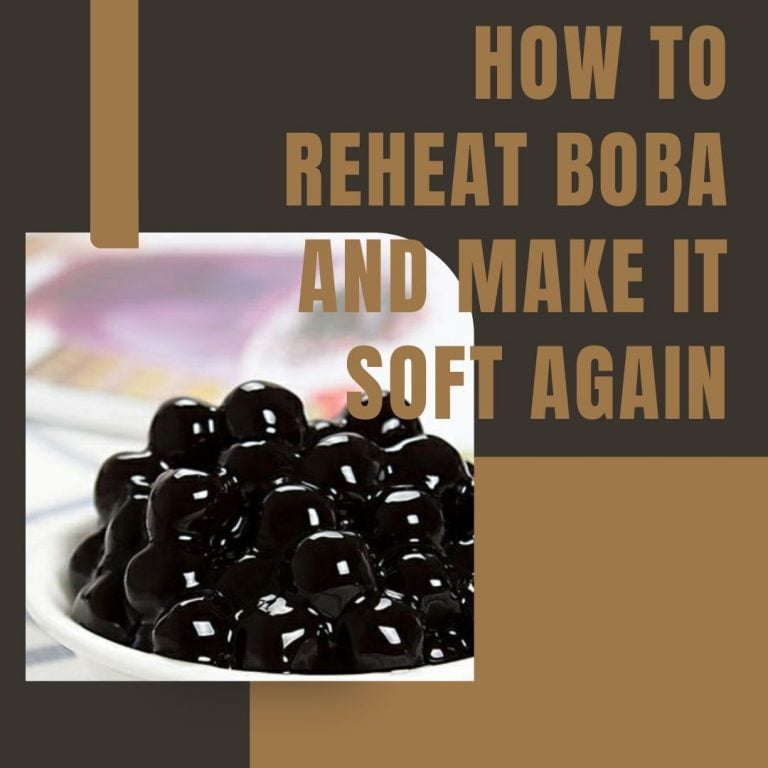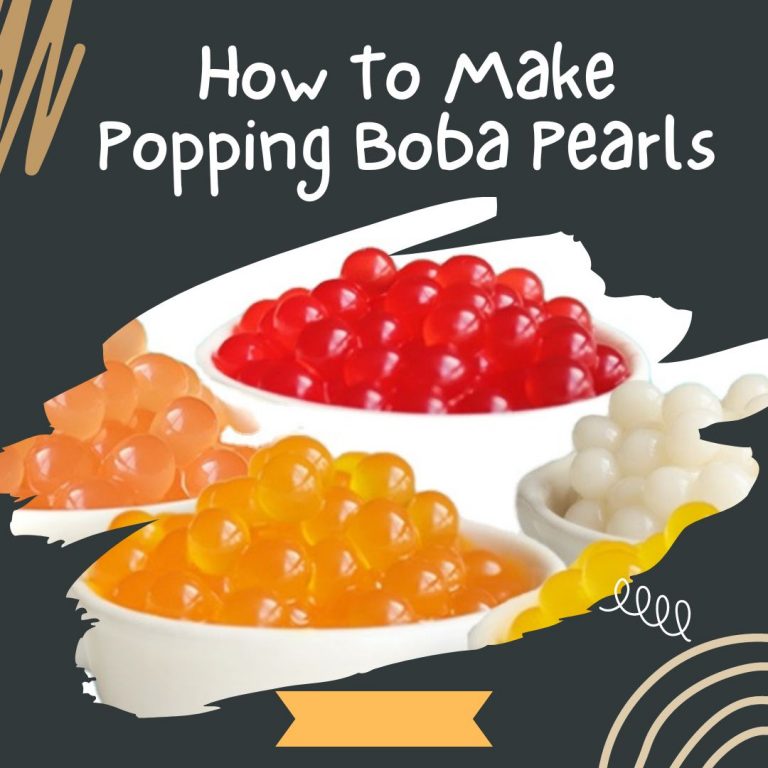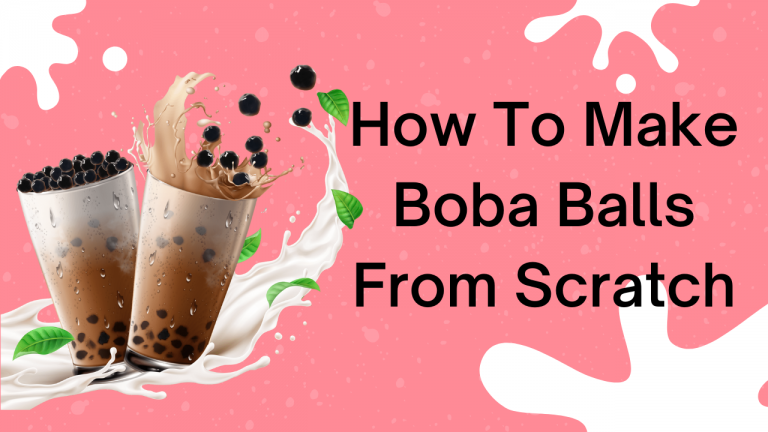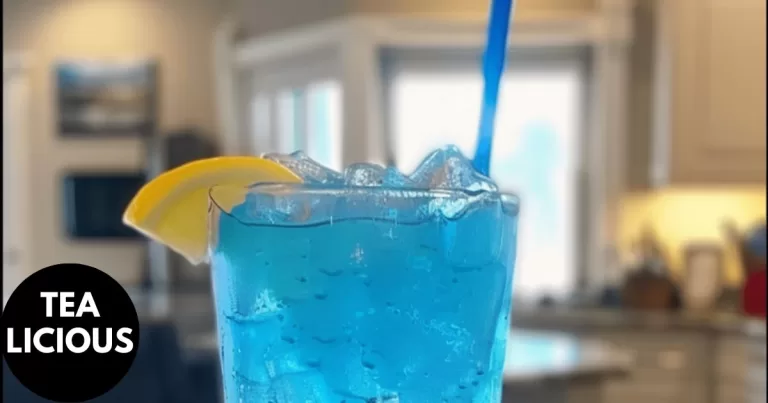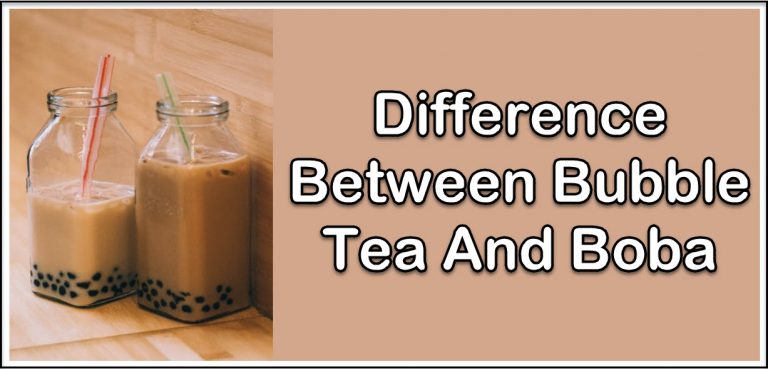Do Boba Balls Have Caffeine?
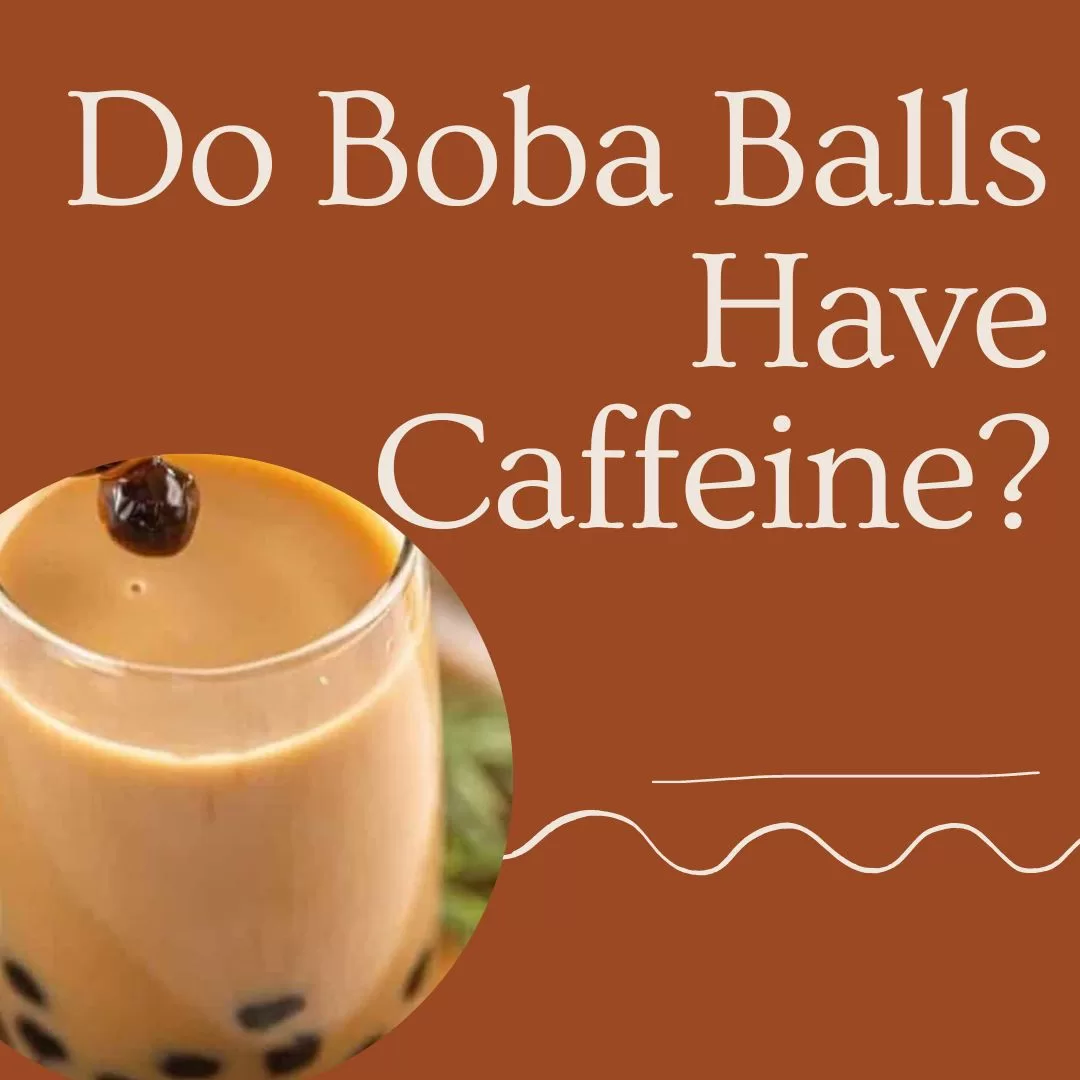
Boba Balls or also known as Tapioca pearls is made from Tapioca starch extracted from Cassava roots. These are edible glossy balls commonly used as an ingredient to make Bubble Tea, a delicious beverage. Most of the time, Boba balls are called bubble tea, milk tea with Boba Pearls and or Pearl milk tea. Though many are asking if Boba Balls have caffeine content since many are into drinking Bubble Tea or Boba tea especially children. In today’s post, we will explain what you need to know about Boba Balls especially the question do Boba balls have caffeine.
Do Boba Balls Have Caffeine
If you are wondering if these teas contain Caffeine, the answer to that is Yes. These teas have caffeine content especially Black tea, contains caffeine the most.
Whatever flavor the Bubble tea is, it always contains caffeine such as Matcha tea or Jasmine Bubble tea though the caffeine content greatly depends on the type of tea that is used as a base as well as how concentrated the tea is.
For standard cup size of Bubble Tea or Boba tea, the amount of caffeine is usually between 80mg to 160 mg, that is about 25% of the recommended intake of caffeine per day. Although teas usually contains less caffeine content than sugar. Also, since Bubble tea beverage has high sugar content it is not really recommended for children.

What is Boba Tea
As mentioned, Boba Tea contains Boba balls or Tapioca pearls that is made from tapioca starch extracted from Cassava root. It is usually added to a regular milk tea.
There are two types of Bubble Tea: Bubble Tea with milk or Bubble tea without milk. The most common type of Bubble Teas are Green tea, Black Tea, Oolong milk Tea, and White tea.
Green tea is used to make Jasmine Boba Tea and Matcha Boba Tea while Black tea is used in making Thai tea and Earl Grey Boba Tea.
Tapioca pearls is one of the main ingredient in making Boba Tea but other ingredients includes Popping Boba and Jellies. Bubble teas are also topped with custards or egg pudding to add flavor to the tea.
Does Bubble tea have Caffeine content
An original Bubble tea contains condensed milk, black tea and tapioca pearls that are mixed together. It is usually placed in a long cup with disposable straws that are large enough (12-14mm diameter) to fit the pearls being slurped.
How much Caffeine in a Bubble Tea
As mentioned, a cup of Bubble tea contains at least 80-160 mg of Caffeine. If you compare it with coffee, a single cup of coffee contains 380 mg of caffeine. Therefore, Bubble teas have way lesser caffeine content than coffee. Given that, when consume in limited amount it can be relatively safe for pregnant and lactating women just make sure to limit consumption of tea to less than 200mg.
For kids that are below 12 years old, bubble tea are safe if they consume less than 5mg of their total body weight in a day. This does not only apply to Bubble teas but other caffeinated drinks too.
Since there are different varieties of Bubble tea, each tea also has different caffeine content and it will be discussed further below.
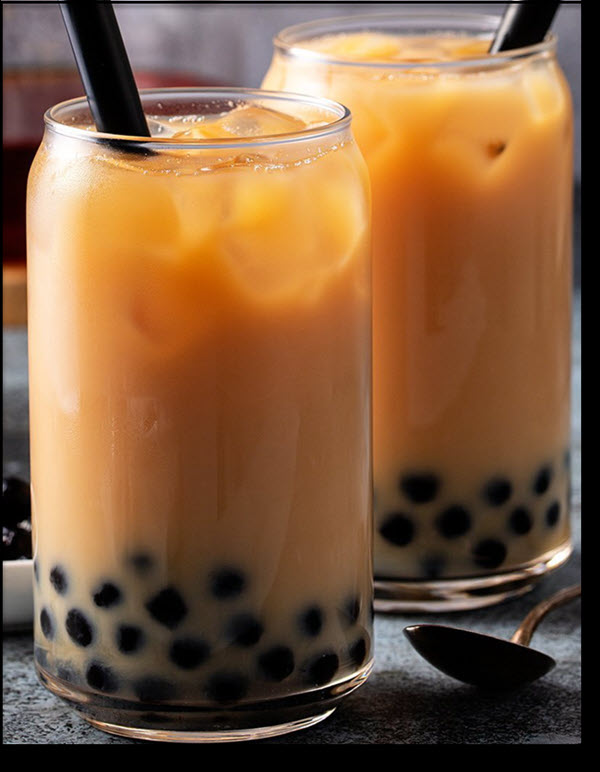
Earl Grey Boba Tea
Most Bubble tea shops uses strong Assam Black tea on Bubble tea. Black tea is the most common type of tea. Other Bubble tea flavors that uses Black tea includes but not limited to Thai milk tea, Black milk tea and Hongkong Milk Tea.
Black tea is commonly used because it goes well with other ingredients added to the tea. A single cup (8oz) of Black tea contains about 40-50 mg caffeine content therefore for a 16 ounces of Black tea, caffeine content should be between 80-100 mg.
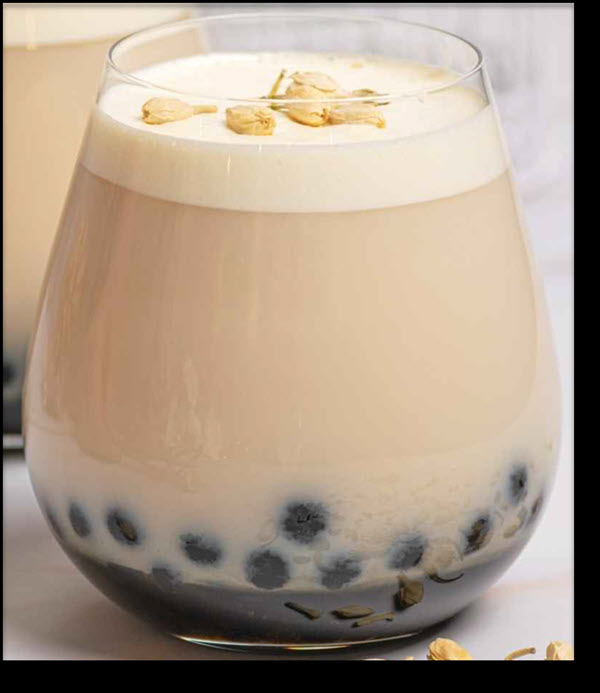
Jasmine Milk tea
For pure Jasmine tea, there is no caffeine content in it. But most of the time, Jasmine tea is usually mixed with other types of teas that can help improve the flavor of the tea such as green tea. Since green tea is one form of tea made from the Camellia Sinensis plant which actually contains caffeine, therefore when Jasmine milk tea is mixed with green tea it will have caffeine content in it.
The caffeine content of Jasmine tea varies depending on the type of tea with mixed with. The caffeine content ranges between 20-60 mg for a single cup of tea.
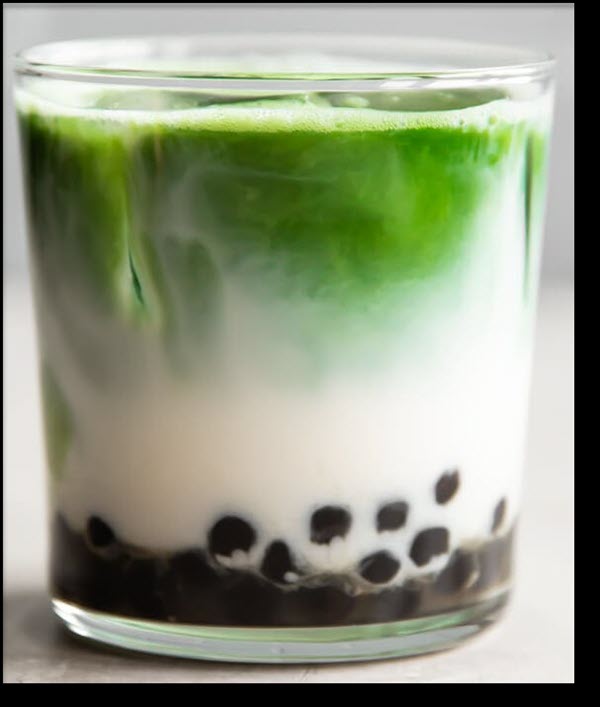
Matcha Milk Tea
Matcha Milk tea is another popular type of Bubble tea. Similar with green tea, it also contains caffeine. A 28mg (8 oz.) caffeine content on a Matcha Milk tea.
When Matcha powder is used, for an 8 oz. cup of Matcha tea the caffeine content is about 70 mg. Depending on the tea leaves used and the type of teas, the level of caffeine may vary.
So as to counteract the grassy taste on Matcha tea, most of the time milk and sugar syrup are added to the tea.
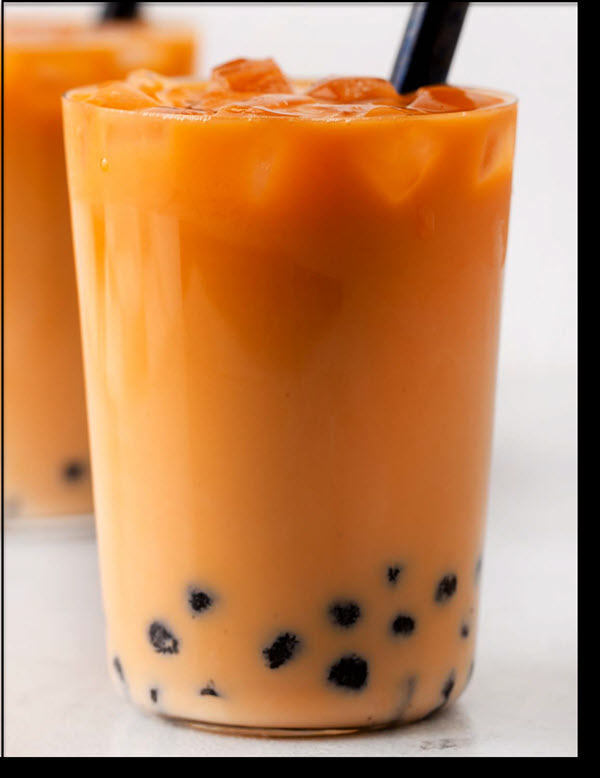
Thai Tea
A popular tea in Southeast Asia is called Thai Iced tea, but has gained its popularity in most Thai restaurants across the globe.
Thai Tea contains black tea, dairy, sugar and ice. Crushed or shaved iced is usually used. The ingredients are placed on a large glass or tall plastic cups. Of course, large straws are used because of the chewy Tapioca balls added to the tea.
Before, Boba pearls is not added to Thai tea but at present it is now called as Thai Bubble Tea because of the Boba pearls now added to the rea.
The caffeine content of Thai Tea is approximately 80-100 mg for a 16-ounce cup.
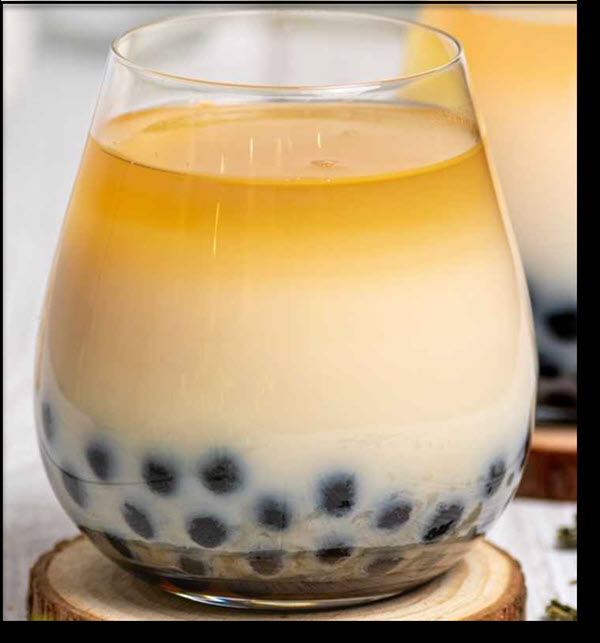
Oolong Milk Tea
Oolong tea have low caffeine content same as that of Jasmine tea that is also made using the leaves of Camellia Sinensis, a plant used to make green tea. A single cup of Oolong tea has 38 mg of caffeine therefore for an Oolong Boba Tea it has about 80 mg of caffeine.
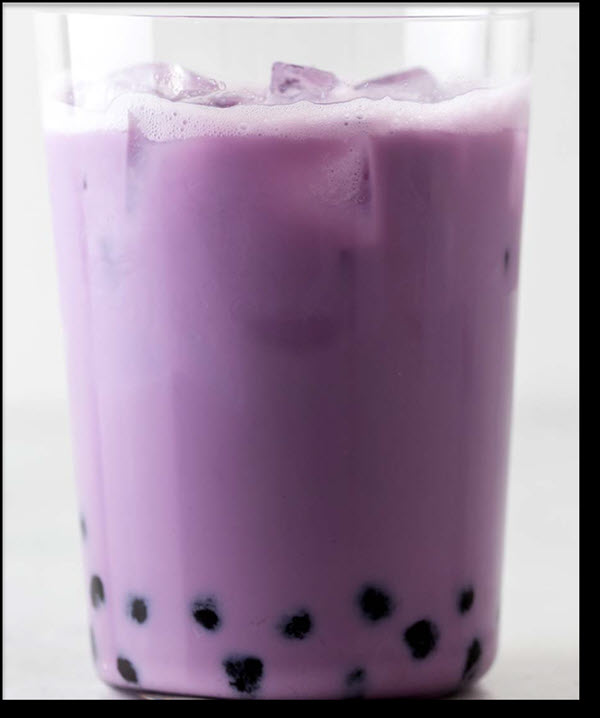
Taro Milk Tea
Another popular type of Bubble tea is the Taro Milk Tea. Jasmine tea is usually used as the base tea for flavored teas.
Since flavored teas are not brewed it contains less caffeine too. Also, with flavored teas sugar content is increased to balance the taste of flavored tea. Generally, a taro milk tea contains 5 tsps. of sugar (30 grams) which is considered to be a borderline of daily sugar intake.
Ingredients used in making Bubble tea
The common ingredients that can be found in Bubble tea includes Tapioca pearls, Jellies, Popping Bobas, with milk or without milk and sugar. Although you can also add extra toppings to your Bubble tea.
Tapioca Pearls
Tapioca Pearls are usually found at the bottom of the glass used for Bubble tea. It is considered to be the main ingredients that features Bubble milk tea.
Jellies
Bubble teas are usually topped with fruit jellies such as Nata de coco, a coconut gel that is characterized as chewy and is jelly-like. Jellies are usually gluten-free and perfect for vegans.
Popping Boba
Popping Boba are juice filled spheres. When these Boba are placed inside your mouth it will burst open and will automatically tastes the fruit juice flavor on the Boba.
Milk or Without Milk
A traditional Boba tea is when adding milk as an ingredient. Milk that is usually used are fresh milk, condensed milk, evaporated milk and milk powder. But since there are some who are lactose intolerance, there is now an option as to whether or not to add milk to the tea. Dairy free milk alternatives includes coconut milk, almond milk and soy.
Sugar
Since there is more than enough sugar content on Boba tea that comes from the tapioca pearls, syrups and fruit topping you also have the option to adjust to the amount of sugar you add to it.
Most Boba tea shops have level of sugar content to choose from that ranges between 25%, 50% sugar level, 75% sugar level or 100% sugar level. If you have a sugar level preference, let them know if not the standard sugar level if full which is 100%.
FAQs
Not all Boba Tea have caffeine. For example, in Taiwan they use fresh milk instead of tea as the base of its Boba Tea. The Tapioca pearls used are often cooked with brown sugar therefore it is sweeter. That is why you need to keep in mind that with non-caffeinated Boba tea sugar content is relatively increased or is higher as compared to caffeinated beverage.
Boba Tea (80mg of caffeine per 16 oz.) has low content of caffeine as compared to a regular coffee (63.6 mg of caffeine per oz.) and other drinks such as soda and energy drinks.
Ideally, a 200-mg of caffeine is a requirement to help keep a person stay6 away. But as mentioned, Boba Teas only contains about 80-100 mg of Caffeine in it therefore it should not be consumed to keep you awake.
Black tea is the most common tea in Boba tea shops and it is also the type of tea that has the most caffeine. While Oolong tea and Green tea has the same content of caffeine.
Conclusion
The different types of Bubble tea mentioned above will help you understand how much caffeine is on each Bubble tea drink that way you will be aware.
If you are not sure of the amount of caffeine and on the amount of sugar on your Bubble tea, you can simply ask the employees in the Bubble tea shop to assists you.

